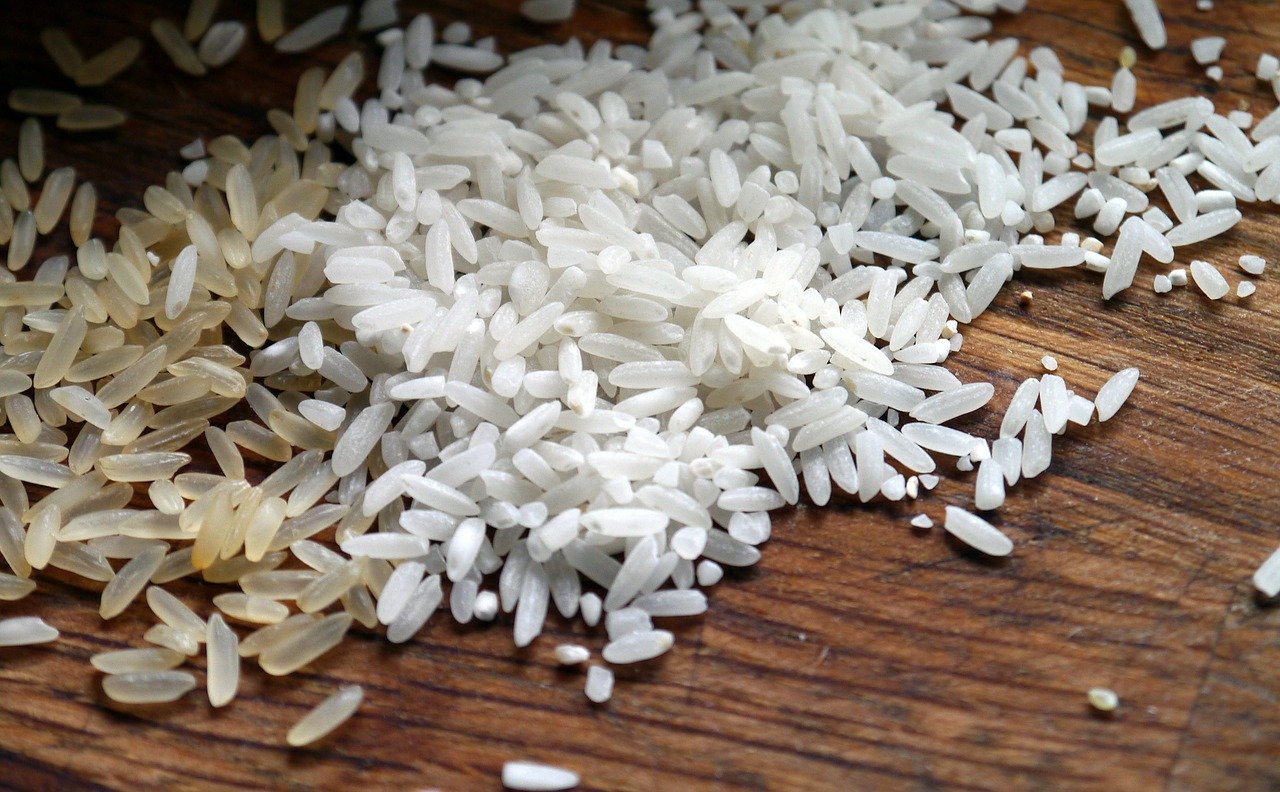In July 2019 researchers from Iran published the results of their study to assess the effect of different pre-cooking and cooking methods on the concentration of toxic (arsenic, cadmium and lead) and essential (iron, copper, cobalt and zinc) metals in rice. A total of 90 rice samples were obtained from Iranian, Pakistani and Indian rice brands (30 samples from each brand), which were examined to determine the level of toxic metals. From amongst the rice brands, the most contaminated ones were selected to assess the effects of washing and soaking processes at different time points (1 hour, 5 hours and 12 hours), as well as different cooking methods (rinsing and Kateh) in reducing the level of the metals. Nine samples were assessed for each process, making 54 samples in total. Results showed that the preparation and cooking methods applied for all rice brands (except for the Indian rice) could effectively reduce the risks associated with these toxic metals to an acceptable level, except for arsenic which was still at a level to be considered a carcinogenic risk. The researchers concluded by stating that all cooking methods can lead to considerable removal of toxic metals found in rice, although a large amount of the essential metals were also eliminated by these methods. It should however be noted that despite cooking methods there is still a carcinogenic risk associated with rice due to the level of its arsenic content.
Sharafi K et al. Advantages and disadvantages of different pre-cooking and cooking methods in removal of essential and toxic metals from various rice types- human health risk assessment in Tehran households, Iran. Ecotoxicol Environ Saf. 2019 Jul 15;175:128-137

Where lifestyle meets science
